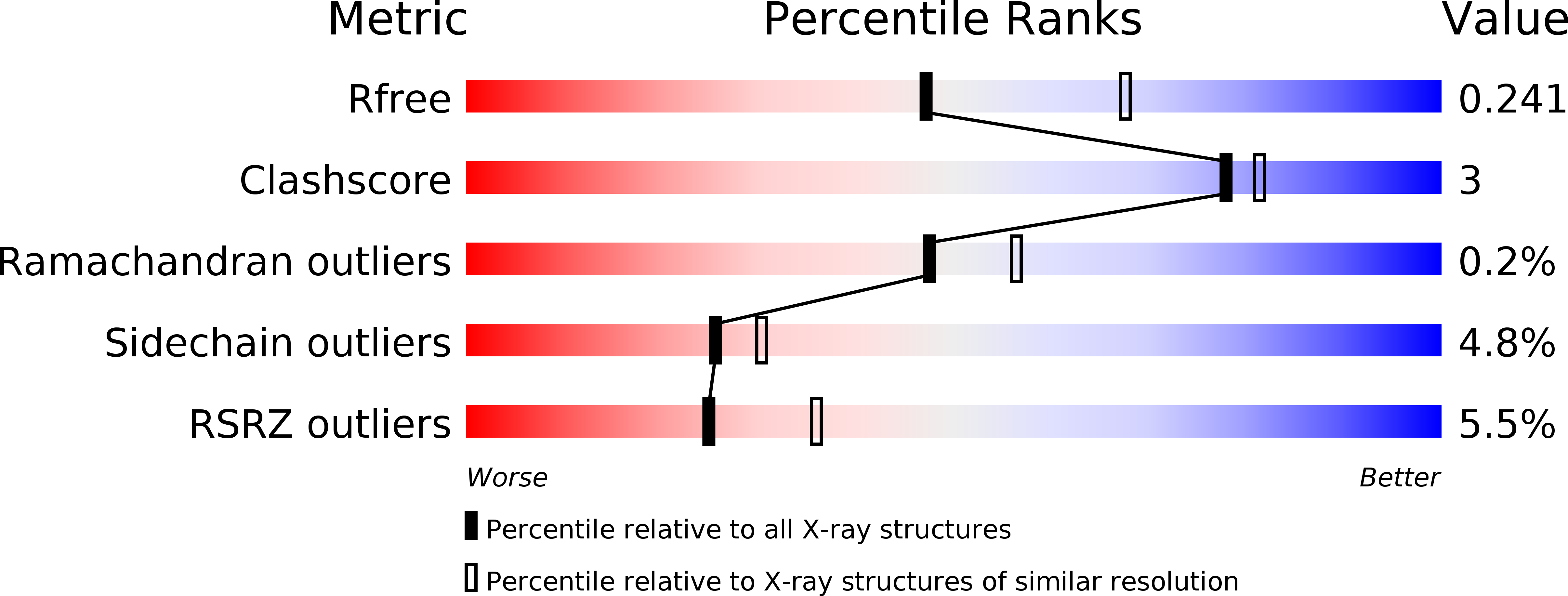
Deposition Date
2006-12-19
Release Date
2007-03-27
Last Version Date
2023-12-27
Entry Detail
PDB ID:
2OBG
Keywords:
Title:
Crystal Structure of Monobody MBP-74/Maltose Binding Protein Fusion Complex
Biological Source:
Source Organism:
Escherichia coli, synthetic construct (Taxon ID: 562,32630)
Host Organism:
Method Details:
Experimental Method:
Resolution:
2.35 Å
R-Value Free:
0.24
R-Value Work:
0.19
R-Value Observed:
0.20
Space Group:
P 41


